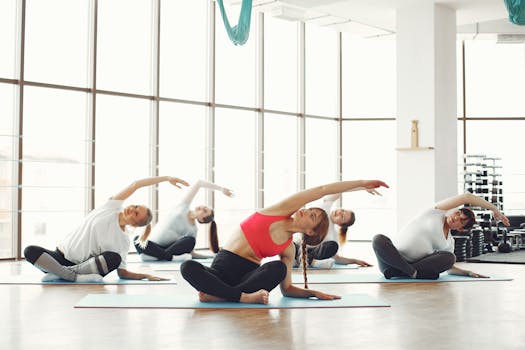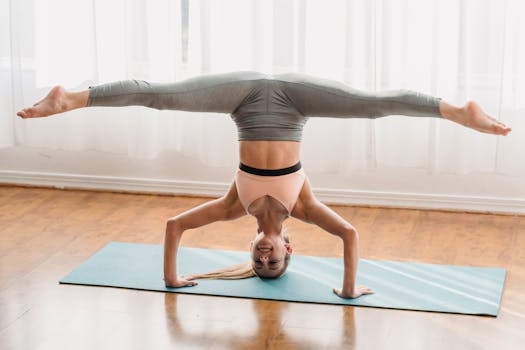Exploring Different Styles of Yoga: Hatha, Vinyasa, Ashtanga, and More
Takeaways: Yoga is an ancient practice with various styles, each offering unique benefits. Hatha yoga focuses on foundational postures, Vinyasa emphasizes fluid movement, and Ashtanga provides a rigorous sequence. Understanding these styles can help you choose the right practice for your needs.
Yoga is more than just a workout; it’s a holistic approach to well-being that encompasses the body, mind, and spirit. With numerous styles available, each offers distinct benefits and experiences. In this article, we will explore various yoga styles, including Hatha, Vinyasa, Ashtanga, and others, helping you find the practice that resonates with you.
Hatha Yoga

Classes typically involve holding poses for longer periods, allowing practitioners to develop strength, flexibility, and balance. Hatha yoga also includes meditation and relaxation techniques, promoting a sense of peace and mindfulness. The slow pace and emphasis on breath make it an excellent choice for stress relief.
For those looking to explore Hatha yoga further, check out Yoga Journal’s guide to Hatha Yoga.
Vinyasa Yoga

Vinyasa classes often incorporate a variety of asanas, which can be both invigorating and challenging. This style not only improves physical fitness but also enhances mental focus and endurance. Practicing Vinyasa can offer a cardiovascular workout while promoting mindfulness and relaxation.
To learn more about Vinyasa yoga and its benefits, visit Yoga Journal’s Vinyasa section.
Ashtanga Yoga

Practitioners of Ashtanga must commit to a consistent practice, typically performing the same sequence daily. This dedication leads to a deep understanding of the body and mind, resulting in significant benefits both physically and spiritually. The structured nature of Ashtanga makes it a favorite among serious yoga practitioners.
For more insights into Ashtanga yoga, explore Ashtanga.com.
Other Yoga Styles

- Yin Yoga: Focuses on deep stretching and relaxation, holding poses for several minutes to target connective tissues.
- Restorative Yoga: A gentle practice that uses props to support the body, allowing for complete relaxation and restoration.
- Power Yoga: A fitness-based approach that incorporates elements of Ashtanga, emphasizing strength and endurance.
- Kundalini Yoga: Combines physical postures, breath control, and chanting to awaken the kundalini energy at the base of the spine.
Each of these styles offers unique benefits and experiences, encouraging practitioners to find the one that best suits their needs.
Conclusion

To further your yoga journey, consider checking out classes or workshops in your local area, or explore online resources to find the perfect fit for your practice.



